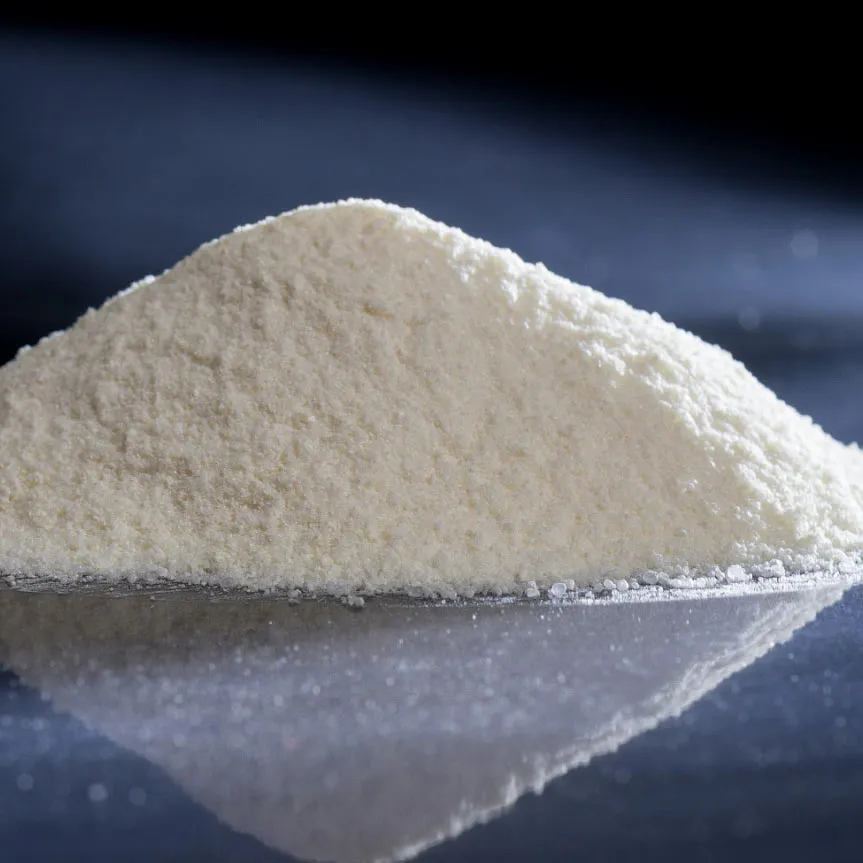
Microcrystalline Cellulose for Direct Compression Tablets
A Field Note on Microcrystalline Cellulose for Modern Formulators
I’ve spent enough time in tablet rooms to know when an excipient pulls its weight. Lately, demand for direct-compression-ready excipients is rising—driven by leaner manufacturing and nutraceuticals moving to pharma-like quality. In that mix, Microcrystalline Cellulose (MCC) keeps showing up as the quiet workhorse: highly porous, plasticly deforming, and surprisingly forgiving with challenging actives.

Why it’s trending (and staying)
- Direct compression keeps winning—less unit ops, lower energy, faster scale-up. Microcrystalline Cellulose supports it with plastic deformation and strong dry binding.
- Clean-label pressure: food/nutra brands like that MCC is cellulose-derived. Pharmas like the predictability—fair enough.
- Supply assurance: multi-region suppliers, tighter GMP for excipients, and better documentation (IPEC-PQG, USP-NF) make audits smoother than, say, a decade ago.
Typical specifications (representative)
| Parameter | Typical Value | Notes |
|---|---|---|
| Particle size (D50) | ≈ 50–120 μm | Grade-dependent; real-world use may vary |
| Bulk density | ≈ 0.25–0.35 g/mL | Tapped density ≈ 0.40–0.55 g/mL |
| Moisture (LOD) | ≤ 5.0% | Per compendial monographs |
| pH (20 g/L suspension) | ≈ 5.0–7.5 | Neutral to slightly acidic |
| True density | ≈ 1.5 g/cm³ | For tablet design models |
In use, formulators lean on Microcrystalline Cellulose for drug loading, good dry adhesion, and fast disintegration—yet it can still press into very hard tablets. That balance is the magic.
Process flow and controls (high-level)
Materials: purified alpha-cellulose from wood pulp; food/pharma-grade reagents.
Method: acid hydrolysis → washing/neutralization → spray-drying → milling → sieving → in-process QC.
Testing standards: USP–NF/Ph. Eur. monographs; microbial per USP <61>/<62>; physical tests (PSD, bulk/tapped density, flow).
Service life: typically 36 months in intact packaging (cool, dry, sealed); actual shelf life depends on humidity control.
Industries: pharma (RX/OTC), nutraceuticals, food (anti-caking), cosmetics (rheology/feel).
Applications I see most
- Direct compression tablets with brittle APIs needing plasticity.
- ODTs where quick disintegration and mouthfeel matter (pair with superdisintegrants).
- High-load herbal tablets—many customers say MCC stabilizes hardness across batches.
- Capsule diluent for flow/homogeneity improvement.
Vendor snapshot (informal comparison)
| Vendor | Grades/PSD | Quality Docs | Lead Time | Notes |
|---|---|---|---|---|
| Tangzhi (Origin: Room 2308, Dongsheng Plaza 2, Shijiazhuang, Hebei) | Multiple DC grades; around D50 50–120 μm | ISO 9001; CoA; on-request DMF/tech pack | ≈ 2–4 weeks (stock dependent) | Good hardness/disintegration balance; customization possible |
| Global Vendor A | Broad PSD portfolio incl. co-processed | Global filings; extensive stability data | ≈ 3–6 weeks | Premium pricing |
| Regional Vendor B | Standard DC grades | Basic CoA/technical dossier | ≈ 1–3 weeks | Value-focused; check audit status |
Customization and practical tips
Ask for tailored particle size distributions, moisture targets, and bulk density windows—small tweaks can fix capping or lamination. For hygroscopic APIs, pair Microcrystalline Cellulose with controlled LOD and consider in-process humidity at 30–40% RH. Packaging: usually 20–25 kg multi-layer bags with PE liners.
Quick case notes
Generic DC tablet: Switching to a tighter-PSD Microcrystalline Cellulose cut friability from 0.8% to 0.3% at the same compression force, while keeping disintegration under 10 minutes.
Herbal tablet: A startup reported more consistent hardness (+12% mean) and fewer fines after adopting higher-porosity Microcrystalline Cellulose; real-world results will vary, but the trend was clear.
Compliance and documentation
Look for compliance with USP–NF/Ph. Eur. monographs, IPEC-PQG GMP for excipients, and confirmation in the FDA Inactive Ingredient Database. Many suppliers can provide ISO 9001 certificates, Halal/Kosher declarations, and pharmacopeial CoAs on request.
Authoritative references:
- USP–NF Monograph: Microcrystalline Cellulose. United States Pharmacopeia. https://www.uspnf.com/
- European Pharmacopoeia (Ph. Eur.) Monograph: Microcrystalline Cellulose. EDQM. https://www.edqm.eu/
- FDA Inactive Ingredient Database (IID): Microcrystalline Cellulose. https://www.fda.gov/drugs/drug-approvals-and-databases/inactive-ingredients-database
- IPEC-PQG Good Manufacturing Practices Guide for Pharmaceutical Excipients. https://ipec.org/
-
Cellulose Fiber Suppliers | Sustainable Natural Fibers for Industry and InnovationNewsNov.20,2025
-
Reliable Hydroxypropyl Methylcellulose Suppliers for Pharmaceutical & Industrial Use | TangzhiNewsNov.20,2025
-
Leading Cellulose Insulation Supplier for Sustainable Building MaterialsNewsNov.19,2025
-
Trusted Hydroxypropyl Cellulose Suppliers for Quality & SustainabilityNewsNov.18,2025
-
Top Cellulose Acetate Suppliers for Sustainable Industrial SolutionsNewsNov.18,2025
-
Reliable HPMC Suppliers for Sustainable Industrial Solutions | TangzhiNewsNov.18,2025





















